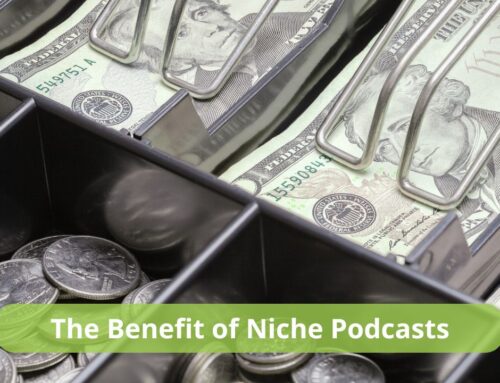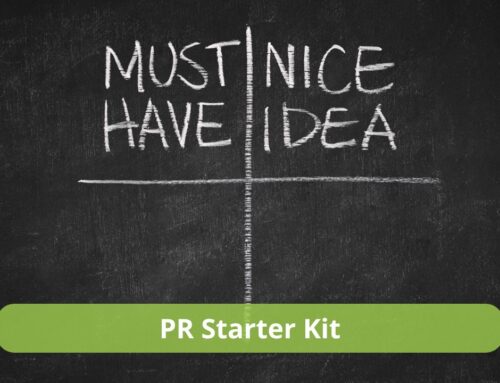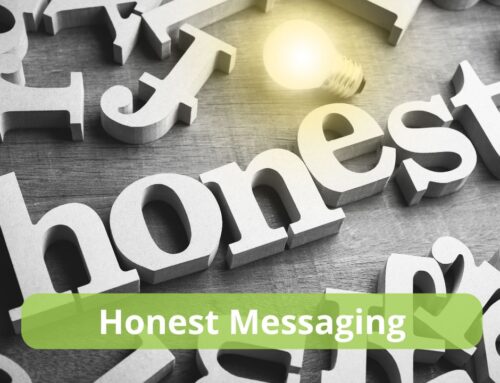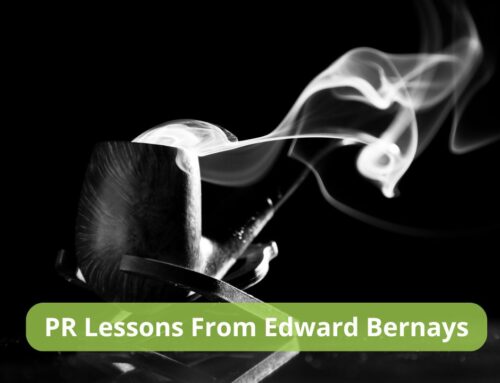By guest blogger Michelle Tennant
Recently I was interviewing a new client to develop an online press kit, and one of the client’s first questions was would our service include a general press release.
I directed the client to look at some of the online press kits our company, Wasabi Publicity Inc., has created using Presskit247, a Web program developed by my business partner Drew Gerber.
I showed the client how each online press kit includes a homepage, an “about tab” with biographical information and “one pagers” for both print and broadcast media, along with suggested story ideas, introductions and interview questions.
I mentioned how Dr. Phil’s team recently called ours wanting to know the scope of one of our client’s work. We simply directed them to the online press kit.
Online press kits allow us to have all our ducks in a row so when the media calls wanting information about a client, everything is ready at a moment’s notice. Reporters are swamped with story ideas and overworked, so why not make it easier for them to cover you?
What has this got to do with the old fashioned press releases businesses, organizations and individuals have sent out for years? Some clients still think press releases are the way to get the media to notice them.
As gently as I can, I tell them that press releases don’t work. To the busy media professional, a press release says: “Here’s something everyone is going to get at the same time as you. No scoop for you!”
You may want to send out a press release if you’re a corporate entity and need the message to be searchable on news wire services in the future. If you have true breaking news, such as plant expansion that will add hundreds of jobs a local coverage area, reporters are not likely to ignore a press release.
But sending out press releases is not the way to score the coveted news features clients always want. That is done with “dial and smile” phone calls and personalized emails.
Having an online press kit with ready-to-use story ideas, quotes and background helps reporters cover clients and clients get their message out. And there other tools available to help boost your profile.
With social networking sites, it’s easier than ever to build a buzz about your product or service. You can take your message direct to the audience you seek with a great Web site, some search engine optimization or a Facebook friends link.
To attract credibility-building news coverage, though, there’s still no substitute for personal contact with your target media. Get to know them and make them feel special. Read their articles and tune into their shows. Educate yourself on the different specialty areas they cover.
Seek out tools that nurture those relationships you want to build with the media. There are plenty of free tools out there like Pitchrate.com. It allows reporters to make specialized requests for information from experts and rate the usefulness of what they receive.
There are also free media lists online such as usnpl.com. These can help connect you with media, be it a local TV station or newspaper or a national trade publication, that fits your target audience.
Most businesses have untold stories that are interesting. It may be something about how they got started or how they developed a new product or service. So find the compelling story about your business or product. Then make a list of those media people you would like to cover your story and begin building relationships with them. You never know where it will take you.
Who is Michelle Tennant?
Good Morning America Producer Mable Chan calls Michelle Tennant a “Five Star Publicist.” Tennant, a partner and executive publicist with Wasabi Publicity Inc., calls herself a “storyteller to the media.” She has more than 20 years experience publicizing “truly good stories” and “exclusively represents people who make a positive difference in the world,” according to her Web site. You can learn more about her work on her blog at www.storytellertothemedia.com.
Video shot by Donna Marie Coles: www.indiebusinessblog.com






